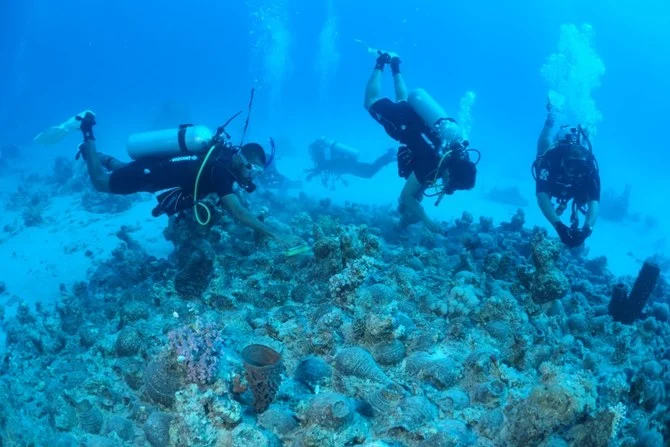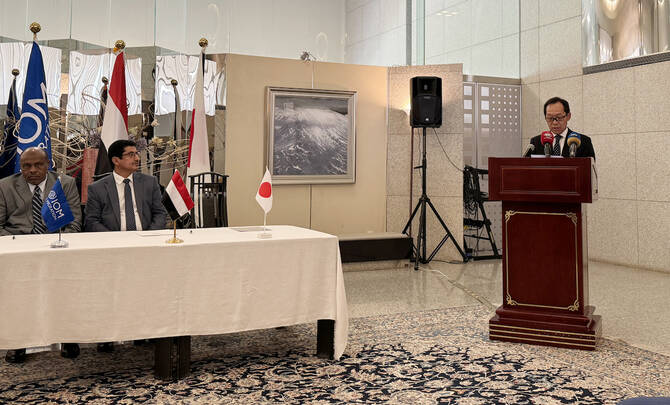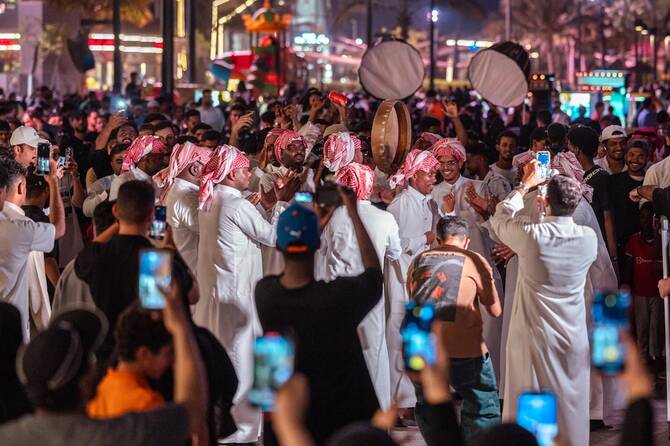Jonathan Gornall
LONDON: At first glance, the blue-and-white porcelain cup lying intact on the sandy seabed looks as if it might have been dropped overboard from a boat only yesterday.
In fact, the cup, one of hundreds scattered about the immediate area, has lain beneath the waves for more than 250 years.
Together with the large merchant ship that took it to the bottom, the lost cargo not only hints at the story of a long-forgotten tragedy, but also offers a clue to the sheer scale of the still largely obscure maritime heritage of Saudi Arabia.
The Umm Lajj wreck, named for the nearest town on the Kingdom’s Red Sea coast, lies at a depth of around 22 meters, between Al Wajh lagoon and Al-Hassan Island, approximately 180 kilometers north of the modern port of Yanbu.
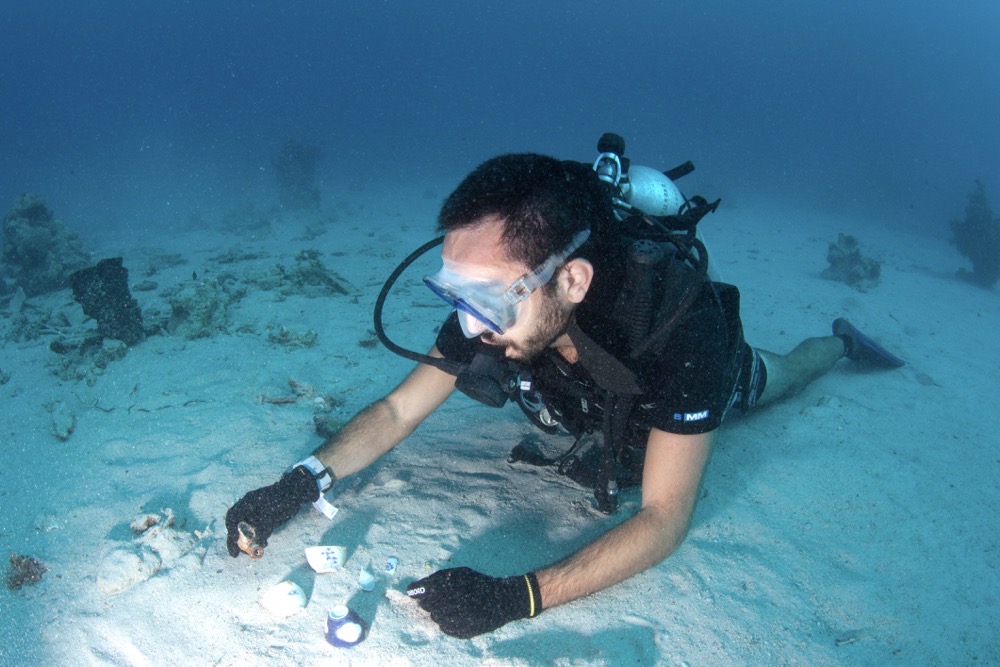
It was discovered more than 15 years ago by recreational divers and, before access to the site could be officially restricted, was partially looted.
In 2015, the Heritage Commission of the Saudi Ministry of Culture placed the waters between Yanbu and Umm Lajj under protection and invited a team from the University of Naples “L’Orientale” to join Saudi archaeologists in carrying out a survey of the site – and a fascinating piece of the Kingdom’s emerging jigsaw of maritime history began to emerge from the depths.
What they found were traces of the remains of a large, mid-18th-century merchant ship, about 40 meters long. Although partially buried in the sand, some of the vessel’s timbers were still visible above the seabed. Lying around the wreck site was some of its cargo, including hundreds of jars, other storage vessels, and hundreds of small porcelain cups, many still intact.
Near what is thought to be the stern of the ship is a mound of about 1,000 earthenware qulal jars, once commonly used throughout Egypt and Arabia to hold liquids, now calcified into a single, solid mass. Many more are likely to be under the sand.
The wreck lies at right-angles to the reef, suggesting the ship might have met its fate at anchor, perhaps while seeking shelter from the region’s prevailing north-westerly winds.
What sent the vessel to the bottom remains uncertain. Possibly it foundered in a storm or ran aground on the reef. There might even have been a catastrophic fire on board – a few fragments of burnt wood were found among the wreckage.
More importantly, however, the archaeologists have been able to piece together the story of the ship and its crew, contributing to the growing understanding of the maritime heritage of Saudi Arabia and the wider Red Sea region.
For the past few decades, a tremendous amount of archaeological work has been carried out in Saudi Arabia, building an increasingly complete picture of a complex heritage that stretches back to the earliest days of human history.
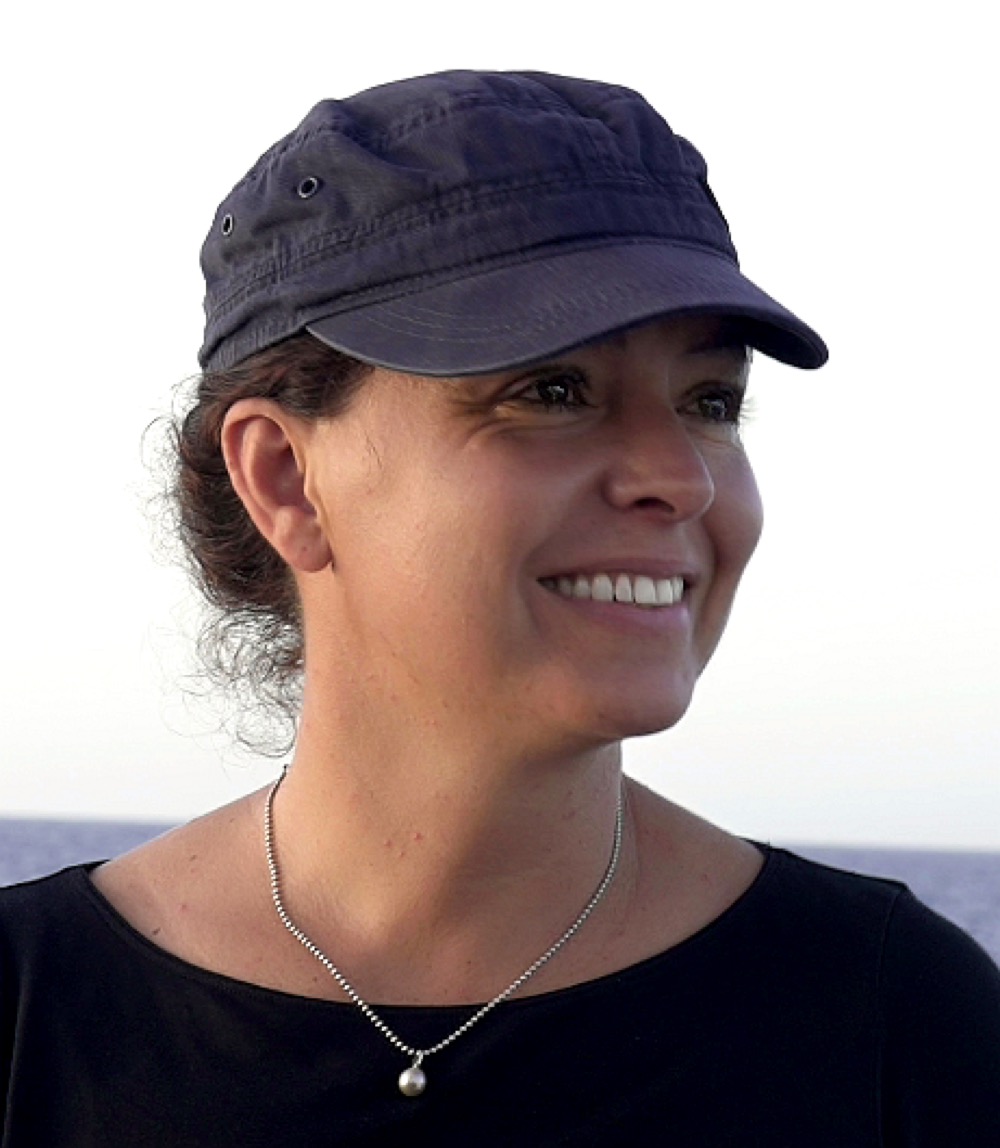
Thanks to having been inscribed on UNESCO’s World Heritage list, treasures such as the AlUla region, home of the ancient Nabataean city of Hegra, Diriyah, the birthplace of Saudi Arabia, and the Hail region, with its wealth of rock art documenting more than 10,000 years of human history, are becoming well known around the world.
Now attention is turning to what lies beneath the waves in the waters off Saudi Arabia, and the starting point is a simple cup on the seabed off Umm Lajj, which is thought to have been made in China and transported to the Red Sea in the 18th century.
In August, the Saudi Heritage Commission, in collaboration with King Abdulaziz University in Jeddah, launched plans for an unprecedented underwater investigation that would survey 400 km of the Kingdom’s Red Sea coast.
It will start at the site of the Umm Lajj wreck and work its way north to Ras Al-Sheikh Hameed, the sandy cape in Tabuk province that is the western tip of mainland Saudi Arabia.
Multiple mysteries are waiting to be solved, including the location of a number of ports mentioned by classical historians, and thought to be located along Saudi Arabia’s Red Sea coastline.
These include the ancient port of Charmuthas, described in the second century B.C. by the Greek historian Agatharchides as the best harbor on the coast, capable of sheltering 2,000 ships at once.
Some archaeologists believe this was located in a wide body of water accessed through a narrow sharm, or inlet, some 30 km up the coast from Yanbu, still frequented by small fishing boats and other recreational craft.
Iotabe, an island that served as a trade port and a Roman taxation center in the first millennium, was first mentioned by contemporary Roman historians in the fourth century and has been associated by some with the strategically important island of Tiran, at the mouth of the Gulf of Aqaba.
The large lagoon of Al-Wajh, just north of the Umm Lajj wreck, has been suggested as the possible site of two ancient ports. One was Egra, mentioned in the first century by the Greek geographer Strabo as a seaside village associated with Hegra, 160 km inland. The other is another lost Nabataean port, Leuke Kome, or Horse Bay, also referred to by Strabo.
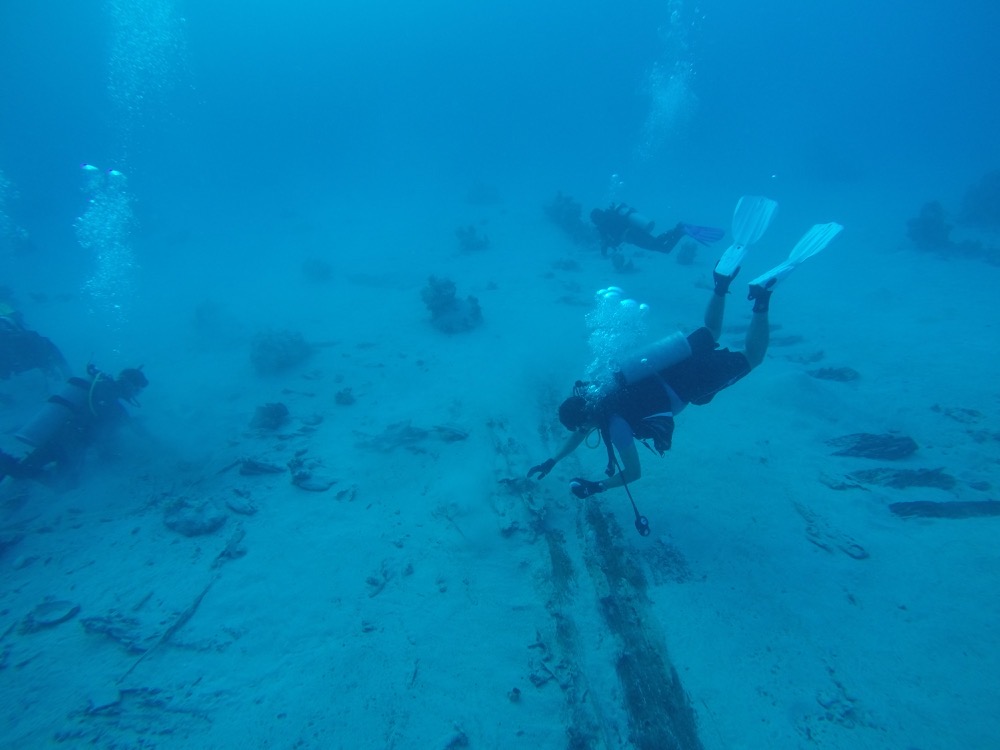
Some of these sites will be included in the survey. Others have been identified by a team of marine biologists that has already surveyed the Al Wajh lagoon, just to the north of the wreck site, as part of an 11-month study of the entire area designated for development by The Red Sea Development Co., to identify and protect the area’s wildlife and ecosystems.
Chiara Zazzaro, an archaeologist at The University of Naples “L’Orientale” and co-director with Romolo Loreto of underwater investigations at the Umm Lajj wreck, said: “They aren’t archaeologists, but they have carefully noted the position of every piece of potential underwater archaeological evidence they found, and they have a list of a dozen places, along the Al Wajh bank alone.”
It is not clear yet if each of these sites is the wreck of a ship. But Zazzaro and her colleagues were invited to dive on one last month. “This one for sure is a shipwreck. There are jars, similar to the ones we have found at Umm Lajj, and wooden remains,” she added.
Meanwhile, as the most extensive maritime survey of the Red Sea coast ever carried out gets underway, the Umm Lajj wreck is to become the focus of the Kingdom’s first underwater archaeological excavation.
The project is being masterminded by The Red Sea Development Co., which in partnership with the Ministry of Culture is planning to transform more than 28,000 square kilometers of pristine lands, islands, and waters along Saudi Arabia’s west coast into a sustainable tourism destination that will make the most of the region’s stunning landscapes and heritage assets.
Speaking at the signing of agreements between the organization and ministry in November, John Pagano, chief executive officer of TRSDC, said: “The Red Sea coast of Saudi Arabia is rich in history, positioned at the heart of global trading routes for centuries.
“Partnering with the heritage and museums commissions allows us to both explore the historical significance of this unique region and ensure the preservation of our discoveries.”
He pointed out that TRSDC was “committed to responsibly developing the extraordinary natural beauty and historical value of the Red Sea and we look forward to close collaboration to advance the Kingdom’s heritage conservation efforts.”
This year’s dives have added more material to the finds, wreck reminders that lives were probably lost: A spoon, a comb, some beads, and what appear to be coins.
These, Zazzaro said, were now being analyzed. “They have the same diameter as the Maria Theresa thaler, a type of silver coin that was first struck in 1741 and quickly became common currency in global trade. I hope they are: It would give us so much insight into the economy of that period.”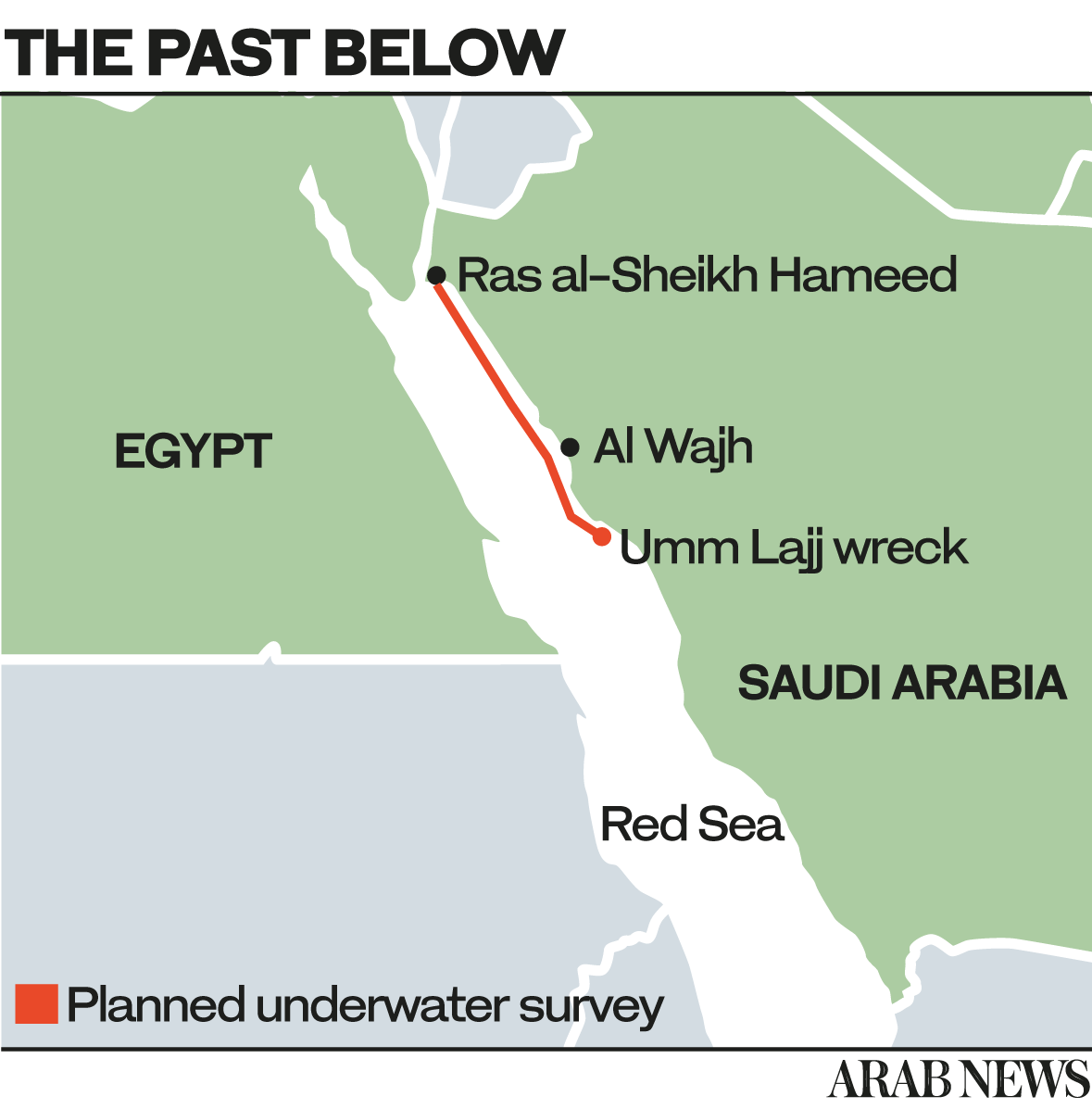 Other finds include coffee beans – the port of Mocha in Yemen was for many decades the source of much of the coffee consumed in Europe, grown on the flanks of the Sarawat Mountains that run down the eastern side of the Red Sea coast. The bowls of two Ottoman-style pipes hint at the origins of the crew.
Other finds include coffee beans – the port of Mocha in Yemen was for many decades the source of much of the coffee consumed in Europe, grown on the flanks of the Sarawat Mountains that run down the eastern side of the Red Sea coast. The bowls of two Ottoman-style pipes hint at the origins of the crew.
Until excavation gets underway, only a few timbers are currently visible, but these are big enough to show that the ship was not a traditional Arab dhow.
“It is completely different. Dhows are normally shorter, a maximum of about 35 meters, and this is quite a massive structure. The planks are very thick, and the internal framing is also very big,” Zazzaro added.
She noted that the ship was almost certainly built on the Red Sea, probably in Egypt.
“We have analyzed the timber and it is European in origin, pine and oak, and we know from archival sources that there were shipyards in the Gulf of Suez that had access to these materials,” she said.
The excavation of the wreck is certain to uncover more secrets. But archaeologists have already pieced together much of the story of the ship, and how it fits into the broader picture of Egyptian-Arabian maritime trade before European expansion into the Red Sea.
The first thing the archaeologists realized was that there were striking similarities between the Umm Lajj ship and two other Red Sea wrecks, discovered off Egypt in 1969 and 1994.
The cargo found with both wrecks, a large 18th-century Ottoman ship discovered off the coast of Sharm El-Sheikh and a similar vessel excavated at Sadana Island, near Safaga in Egypt, was similar to that at Umm Lajj.
But it was expert analysis of the cups on the Umm Lajj wreck that allowed the ship to be dated, the route it had probably sailed to be determined, and its part in the overall pattern of trade in the region established.
In a paper published in 2018, Chiara Visconti, a professor in Chinese archaeology and history of art at the University of Naples “L’Orientale”, concluded that the Umm Lajj wreck could “be taken as important archaeological evidence of inter-Asiatic trade along the Red Sea – a sea that has as yet seen little archaeological exploration – and of the complexity of the trade routes used to transport Chinese porcelain along the Maritime Silk Road.”
She realized that the decorative pattern found on many of the cups – in particular, a pine tree with a knotty trunk emerging from rocky ground on one side and a single grassy clump on the other, known to historians as the Blue Pine design – had also been seen on tens of thousands of cups in the cargo of the Geldermalsen.
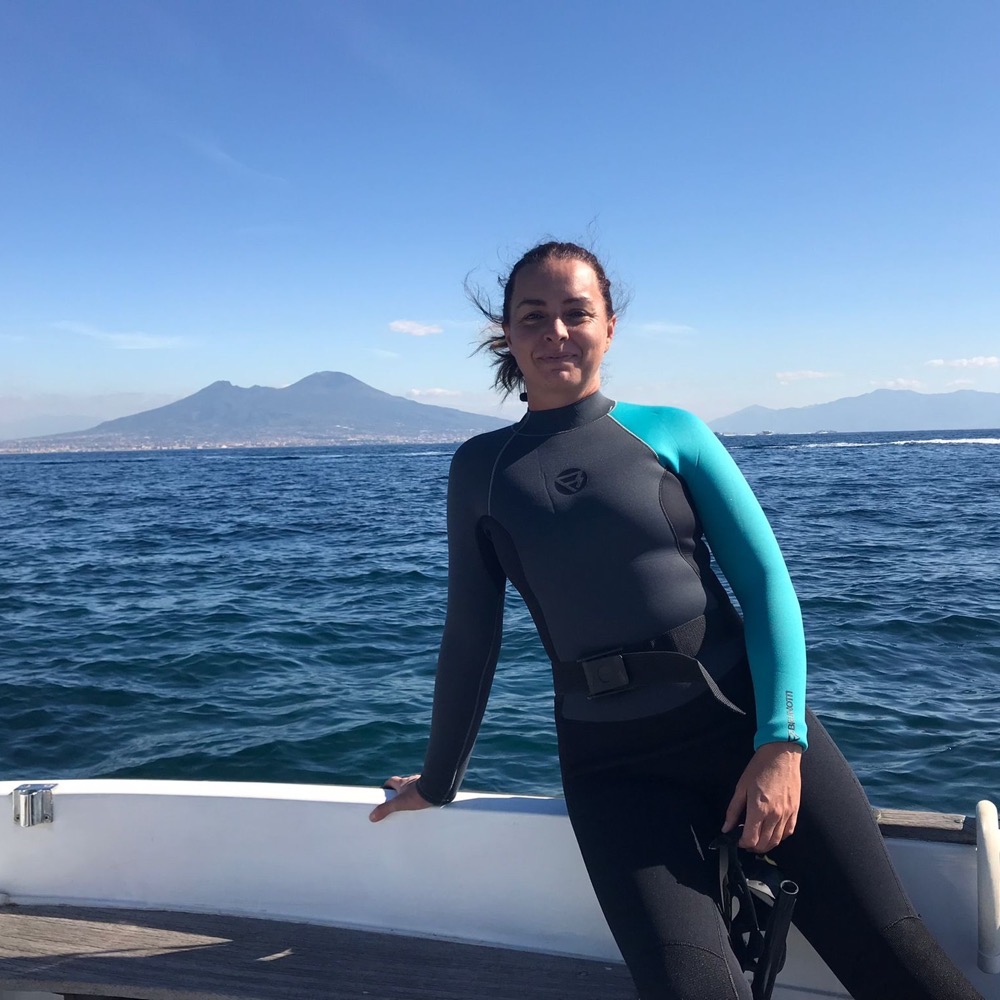
That ship, which belonged to the Dutch East India Co., had sunk off the coast of an island in Indonesia in 1752 while returning to the Netherlands from Canton with fresh stocks of highly prized Chinese porcelain.
Records show that in the spring of 1751, the Geldermalsen had sailed from Canton with a cargo of cups and other porcelain to Surat, a company trading hub in northwest India.
Visconti concluded that some of the porcelain then made its way from Surat on board an Indian vessel to Jeddah, where it was transferred to the Umm Lajj ship, “most likely one of the vessels that covered the central-northern sector of the Red Sea, plying the route from Jeddah to Suez.”
The Umm Lajj ship appears to have carried no cannon and, at a time when the Indian Ocean was a no-go zone for any but the most heavily armed merchantmen, “it hardly seems likely that a vessel that was to navigate the Indian Ocean would have set sail without some means of defense on board.”
One fascinating clue points to the intended destination of the lost cargo: An absence of saucers. In her paper, Visconti said: “In cargoes destined for Europe … tea and coffee cups always went with their respective saucers. The Umm Lajj cargo consists of cups without saucers, which suggests it was destined for the Middle East market.”
Ultimately, it is envisaged that visitors to the Red Sea development will be able to dive on the Umm Lajj wreck site – on land and sea, Saudi Arabia is pursuing an open museums policy, placing cultural treasures at the heart of developments designed to bring tourists to the Kingdom.
Some of the items will be recovered and displayed in museums, but others, including the calcified mass of pots, will be left where they fell on the seabed, to be experienced in their discovered setting.
As an archaeologist, Zazzaro fully supports the principle of giving tourist divers access to underwater heritage sites.
“It has to be done responsibly, of course. But this is heritage for everyone, and the more people that can come and see it and learn about it, the better. It’s what makes our work meaningful,” she added.
In 2015, Saudi Arabia ratified the UNESCO Convention on the Protection of the Underwater Cultural Heritage, under which underwater sites are afforded the same status and protection as land-based sites.
The convention also contains basic principles that states should consider in their efforts to protect sunken archaeological sites, including giving preference to in-situ preservation.
Zazzaro said: “The annex to the convention states that before starting a project you have to think about what to do next, how to take care of the site and how to make sure local people know about it, and how to ensure everybody can enjoy these important finds.”
When excavated, she believes the ship should be left in place, in what is a naturally protective environment.
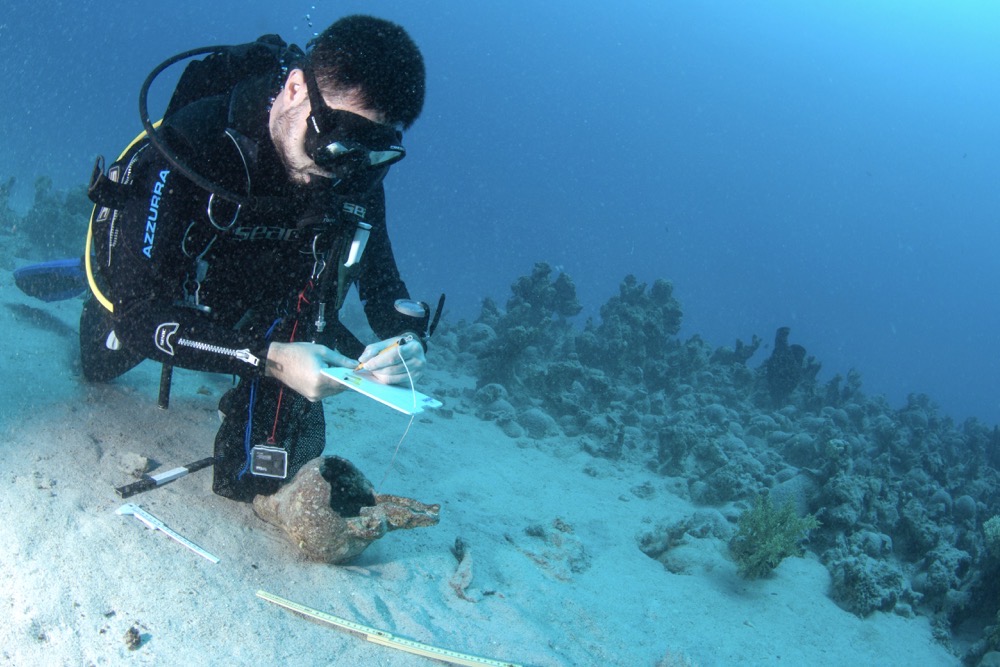
“It would be very difficult and expensive to remove, conserve, and display the wooden structure of the ship. Besides, it is best seen where it is – it will be quite a sight.
“The chance to dive on this wreck was a dream come true. It is so spectacular. At only 20 meters deep, the light penetrates down there, and the visibility is very good,” she added.
Although Saudi Arabia will increasingly benefit from opening up to the wider world, with visitors flocking to see its many heritage treasures, as the archaeological sites on land have been protected by a lack of visitors, so the underwater sites have also remained largely untouched.
“In the Mediterranean, many wrecks – certainly at about 20 meters – would have been largely pillaged, and it’s now rare to find an intact wreck at this sort of depth.
“But in Saudi Arabia there is a wealth of material waiting to be discovered along the Red Sea coast, and much of it is likely not to have been disturbed at all,” Zazzaro said.



